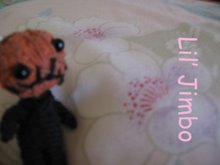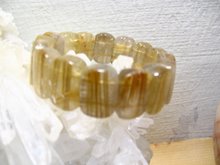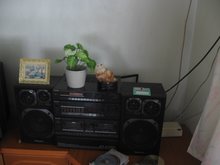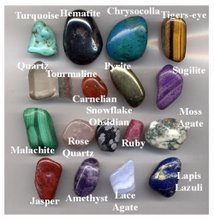
In a series of migrations, the Hakka settled in their present locations in southern China, and then migrated overseas to various nations throughout the world.
The Hakka have had a significant influence on the course of Chinese and overseas Chinese history: in particular, they have been a source of revolutionary and political leaders.
Hakkas in Malaysia
Hakkas form the 2nd largest subgroup of the ethnic Chinese population of Malaysia. A well known Hakka man is Yap Ah Loy, whom was a Kapitan in Kuala Lumpur from 1868 to 1885, where he brought significant economic contributions and also was an influential figure among the ethnic Chinese.
In East Malaysia, although they formed a significant part of the Bornean state of Sabah where most of the ethnic Chinese are of Hakka descent, the young generation of Hakka descent are likely to use Mandarin as primary language among them, which could be a danger that the Hakka language to be forgotten by some of them. Also, in the city of Sandakan, majority of Hakka possesses a Cantonese speaking majority instead.
This is indicative of the tendency of Chinese subgroups to immigrate into concentrations of culturally identical populations, where different regions of Malaysia have different dominant dialects.
Below are some interesting pictures that I would like to bring out to you guys ^^

This is where Hakkas stay.
Interesting? Looks like Collosium don't they?
The materials used for Hakka architecture can either be brick, stone, or rammed earth, with the latter being most common.. The external wall is typically 1 metre in thickness and the entire building could be up to three or four stories in height.

They are typically designed for defensive purposes and consist of one entrance and no windows at ground level.

The Hakkas who settled in mountainous south western Fujian province in China developed unique architectural buildings called tu lou, literally meaning earthen structures. Because of the undesirable mountainous regions, the Hakkas set up these unique homes to prevent attack from bandits and marauders.

The tu lou are either round or square, and were designed as a large fortress and apartment building in one. Structures typically had only one entranceway and no windows at ground level. Each floor served a different function - the first hosts a well and livestock, the second is for food storage and the third and higher floors contain living spaces.

With limited prospects in agriculture, Hakka men have turned -- more often than have other Chinese -- toward careers in the military or public service. Consequently, the Hakka culturally emphasized education and have performed well in Imperial examinations.

Hakka society does not show a patriarchal hierarchy; the fundamental unit of the family recruited all members in line with a Confucian ethic. The working ability of women, often in the undertaking of agrarian chores, complemented the studies or military activities of their men in periods of disruption. The Hakkas did not practice foot-binding, which phenomenon may be attributed to the fact that women were required to work.
To Be Continue....








1 comment:
You have posted valuable things on your blog. I will also post the link of your blog on my website. I hope it will be useful for my visitors.
Immigrate To Malaysia
Post a Comment